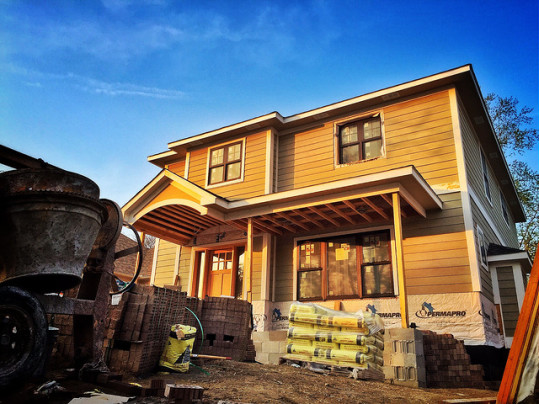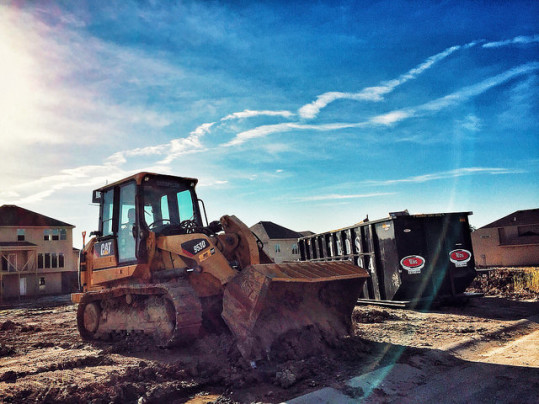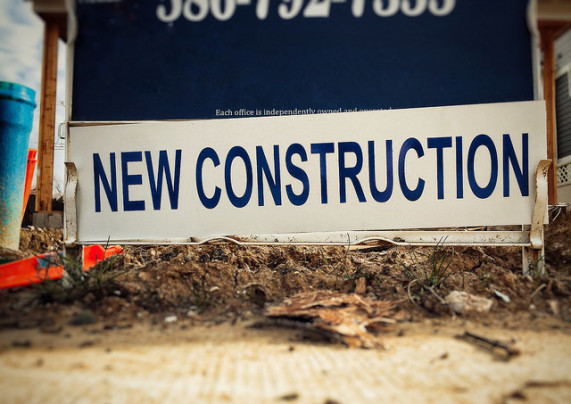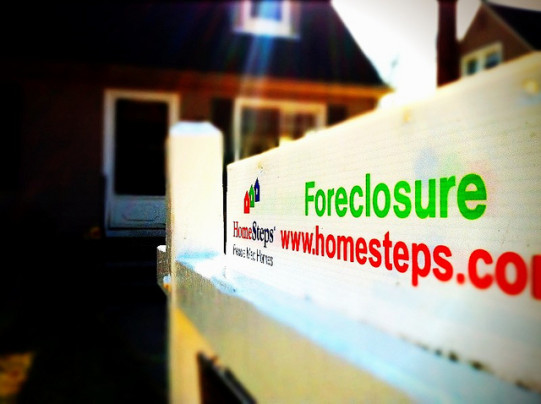The National Association of Home Builders’ Housing Market Index measures how optimistic builders are about the new home market. Scored on a scale where any number above 50 indicates more builders view conditions as good than poor, the survey has been conducted for 30 years and is a good indicator of where the current new home market is and where it may be headed. In August, the index fell one point but remains high at 67. Randy Noel, NAHB’s chairman, says there are some challenges but overall builders are seeing strong demand for new homes. “The good news is that builders continue to report strong demand for new housing, fueled by steady job and income growth along with rising household formations,” Noel said. “However, they are increasingly focused on growing affordability concerns, stemming from rising construction costs, shortages of skilled labor, and dearth of buildable lots.” Three-month moving averages show the South and West have the highest level of builder confidence with each scoring in the 70s. The Northeast and Midwest score lower, but that may be due to the fact that there are more existing homes available in those regions, leading to less demand for new homes. More here.
Archive for August 2018
Saving A Down Payment May Be Easier Than You Think
Saving for a down payment is one of the biggest obstacles first-time home buyers face. While repeat buyers can use the sale of their home to help fund a down payment on a new house, first timers have to save from scratch. And this can be difficult when also facing hurdles like higher rent payments and student loan debt. But, like everything real-estate related, location matters. In fact, according to a new analysis, saving a down payment for an entry-level home is much easier in some locations than others. For example, after factoring the median household income among millennials and their estimated annual savings, the analysis determined that a first-time home buyer could save for a 20 percent down payment in under five years in 10 major cities, including Chicago, Dallas, Baltimore, St. Louis, Austin, and Washington DC. Of course, the time it takes to save a down payment is longer on the West Coast, where home prices are higher. But considering the fact that a 20 percent down payment is not a requirement, even in pricier areas saving up enough to buy a home is not an unattainable goal. More here.
Building Permit Increase A Good Sign For Prices
If you’re shopping for a house to buy, you’re probably concerned about affordability. After all, even in a buyer’s market, house hunters have an interest in getting the best deal. Which means, most prospective home buyers have an eye on home prices and where they’re headed. In today’s market, the best way to get a feel for what’s happening with home values is to look at inventory. That’s because, prices have been increasing lately due to the fact that there are more buyers than there are homes for sale. And the quickest way to slow down rising prices is to build more homes. That’s why the U.S. Census Bureau and the Department of Housing and Urban Development’s new residential construction statistics for July offer some encouraging news. According to the report, permits to build new homes are now 4.2 percent higher than at the same time last year. And, since building permits are a good indicator of future home construction, that means home builders are building more homes, which could mean a better balanced market and more choices for buyers. More here.
Do You Need An Agent To Buy New Construction?
Buying a newly constructed house from a builder is a little different than buying an older home from its owner. To start with, you aren’t able to choose from a list of upgrades and customizations when buying an existing home. You’re also entering a transaction with someone who has an attachment to the home they’re selling and probably a different set of motivations than a builder whose livelihood depends on making a profit. In other words, it can feel, to a buyer, like the process of visiting a builder’s sales office is so wholly different than buying an existing home that they may not need an experienced real estate agent to represent them. This, however, can be a mistake. After all, you’re still entering into a major financial transaction with many variables and risks. You’ll want to have someone with experience who can look after your best interests and make sure you’re getting the best deal. Otherwise, you’ll be working with a team employed directly by the builder you’re buying from. That doesn’t mean you won’t get a good deal but it does mean you’ll be the only one whose top priority is getting what you want at a fair price. More here.
Mortgage Rate Drop Fails To Boost Buyers
According to the Mortgage Bankers Association’s Weekly Applications Survey, average mortgage rates fell last week for 30-year fixed-rate mortgages with both conforming and jumbo balances, as well as for loans backed by the Federal Housing Administration. Joel Kan, MBA’s associate vice president of economic and industry forecasting, told CNBC the drop was driven by global economic events. “Strong inflation was overshadowed by ongoing trade tensions between the U.S. and China, along with concerns over Turkey’s currency situation. This helped push Treasury rates down by 3 basis points last week,” Kan said. But falling mortgage rates failed to bring more home buyers to the table. In fact, mortgage application demand for loans to buy homes was down last week. In short, Americans are interested in homeownership but may be hesitant to enter the market right now due to challenging conditions. Still, purchase application demand was just 3 percent below where it was last year at this time, when mortgage rates and prices were lower. The MBA’s weekly survey has been conducted since 1990 and covers 75 percent of all retail residential mortgage applications. More here.
Number Of Million Dollar Metros On The Rise
As everyone knows, real estate is mostly about location. What $500,000 buys you in one neighborhood will be far different than what it affords you in another. Put another way, your money will go a lot farther in the Midwest than it will on the West Coast. Which is why a recent analysis showing a growing number of cities where the median home value is $1 million or more isn’t quite what it initially seems. Though it’s true that the number of million dollar cities has doubled over the past five years and that, within a year, there will likely be 23 more, a closer look at where these cities are will help explain the numbers. That’s because most of those new million dollar cities are located in areas that are already among the most expensive in the country. For example, more than half of the new metros added will be in the areas surrounding major cities like Los Angeles, New York, Seattle, and San Jose. Which means, while it still represents an increase in home values across the country, the growing number of million-dollar metros doesn’t necessarily reflect an acceleration in home price increases. More here.
Equity Rich Homeowners Double Those Underwater
It wasn’t long ago that the housing market suffered a foreclosure crisis. Homeowners saw their home values drop and were in the unfortunate position of owing more on their mortgage than their home was worth. Today, however, home prices have rebounded and, in some markets, surpassed previous highs. One sign of that recovery can be found in ATTOM Data Solutions’ Q2 2018 U.S. Home Equity & Underwater Report. The numbers show that there are far more homeowners who are equity rich – which ATTOM defines as owing 50 percent or less on your home’s estimated market value – than there are homeowners who are underwater. Daren Blomquist, senior vice president with ATTOM, says though there are more equity rich homeowners, the gains aren’t necessarily evenly distributed. “Nationwide the number of equity rich homeowners is more than twice the number of seriously underwater homeowners, but the gap between home equity haves and have-nots persists because home appreciation is certainly not uniform across local markets or even within local markets,” Blomquist said. More here.







